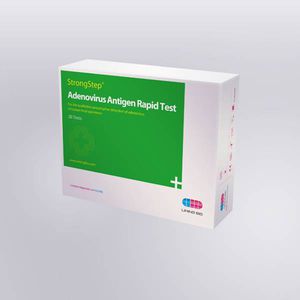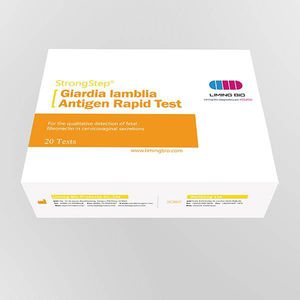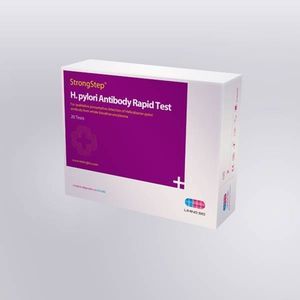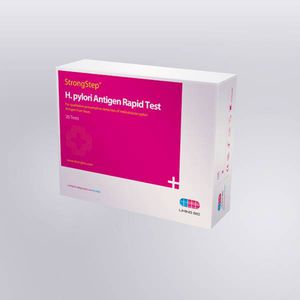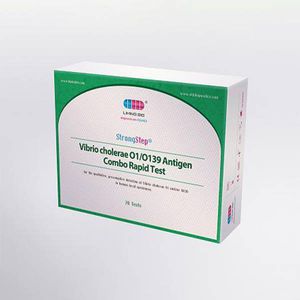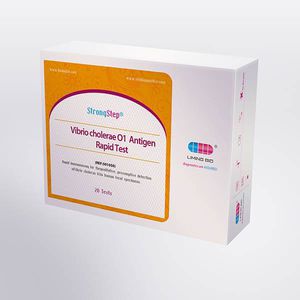
- Laboratory
- Laboratory medicine
- Rapid rotavirus test
- Nanjing Liming Bio-products Co., Ltd.
Rapid rotavirus test 501010cytopathic effectfor antigensfeces
Add to favorites
Compare this product
Characteristics
- Application field
- cytopathic effect
- Tested parameter
- for antigens
- Micro-organism
- rotavirus
- Sample type
- feces, fecal
- Format
- strip
Description
Rotavirus is the most common agent responsible for acute gastroenteritis, mainly in young children. Its discovery in 1973 and its association with infantile gastro-enteritis represented a very important advancement in the study of gastroenteritis not caused by acute bacterial infection. Rotavirus is transmitted by oral-fecal route with an incubation period of 1-3 days. Although specimens collected within the second and fifth day of the illness are ideal for antigen detection, rotavirus may still be found while diarrhea continues. Rotaviral gastroenteritis may result in mortality for populations at risk such as infants, the elderly and immunocompromised patients. In temperate climates, rotavirus infections occur mainly in the winter months. Endemics as well as epidemics affecting some thousand people have been reported. With hospitalized children suffering from acute enteric disease, up to 50% of the analyzed specimens were positive for rotavirus. The viruses replicate in the
cell nucleus and tend to be host species-specific producing a characteristic cytopathic effect (CPE). Because rotavirus is extremely difficult to culture, it is unusual to use isolation of the virus in the diagnosis of infections. Instead, a variety of techniques have been developed to detect rotavirus in feces.
PRINCIPLE
The Rotavirus Rapid Test Device (Feces) detects rotavirus through visual interpretation of color development on the internal strip. Anti-rotavirus antibodies are immobilized on the test region of the membrane. During testing, the specimen reacts with anti-rotavirus antibodies conjugated to colored particles and precoated onto the sample pad of the test.
Catalogs
No catalogs are available for this product.
See all of Nanjing Liming Bio-products Co., Ltd.‘s catalogsExhibitions
Meet this supplier at the following exhibition(s):

Other Nanjing Liming Bio-products Co., Ltd. products
Gastroenteritic Diseases
Related Searches
- Assay kit
- Solution reagent kit
- Blood rapid diagnostic test
- Diagnostic reagent kit
- Rapid lateral flow test
- Immunoassay rapid diagnostic test
- Molecular test kit
- Cassette rapid diagnostic test
- Rapid virus test
- Respiratory infection test kit
- Serum rapid diagnostic test
- Plasma rapid diagnostic test
- Histology reagent kit
- Infectious disease rapid diagnostic test
- Whole blood rapid diagnostic test
- COVID-19 assay kit
- Rapid respiratory infection test
- Real-time PCR test kit
- Urine rapid diagnostic test
- Clinical reagent kit
*Prices are pre-tax. They exclude delivery charges and customs duties and do not include additional charges for installation or activation options. Prices are indicative only and may vary by country, with changes to the cost of raw materials and exchange rates.


